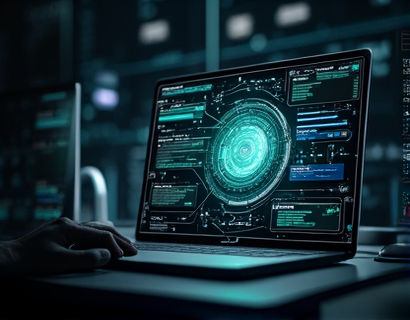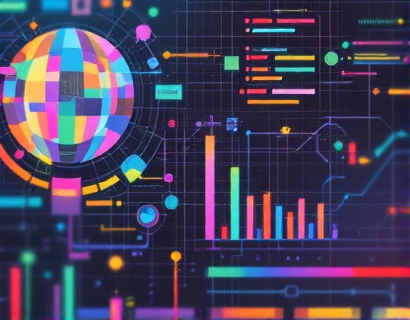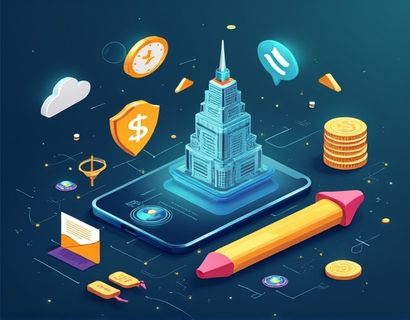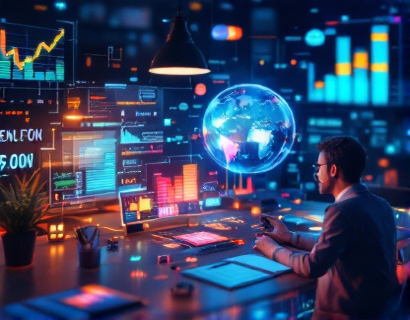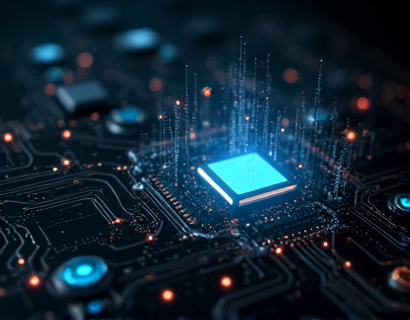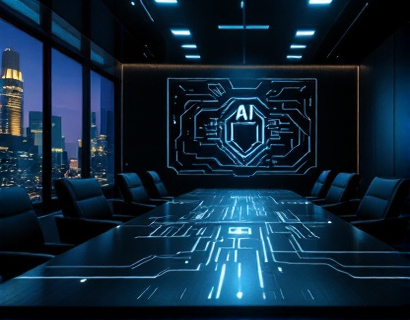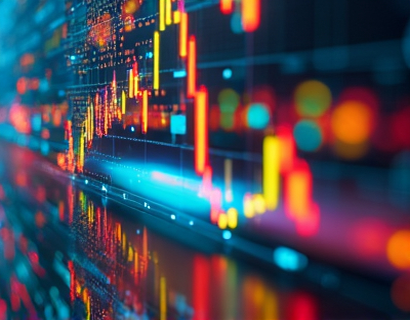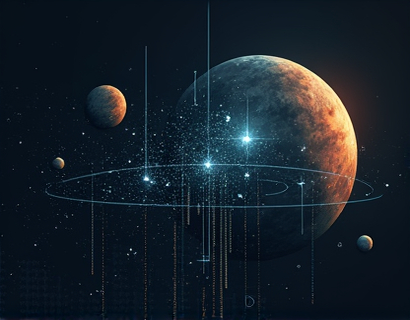Crypto and AI Synergy: Revolutionizing Digital Engagement with Next-Gen Ucosystem Solutions
The intersection of cryptocurrency and artificial intelligence (AI) is ushering in a new era of digital engagement, transforming the way we interact with apps and services online. This synergy is not just a technological curiosity but a powerful force reshaping the digital landscape. As we delve into this topic, we will explore how these advanced technologies are creating a more connected and dynamic digital world, unlocking unprecedented levels of growth and interaction within the app ecosystem.
Understanding the Basics: Cryptocurrency and AI
To fully appreciate the synergy between cryptocurrency and AI, it's essential to first understand each technology individually. Cryptocurrency, often referred to as digital or virtual currency, uses cryptography for security and operates on a decentralized network, typically a blockchain. This decentralized nature ensures transparency, security, and reduces the need for intermediaries such as banks.
Artificial intelligence, on the other hand, involves the simulation of human intelligence processes by machines, particularly computer systems. These processes include learning (the acquisition of information and rules for using it), reasoning (using rules to reach approximate or definite conclusions), and self-correction. AI can operate autonomously or be integrated into existing systems to enhance their functionality.
The Emergence of Ucosystems
The convergence of cryptocurrency and AI has given rise to what is being termed a "Ucosystem" - a term that combines "utility" and "ecosystem." A Ucosystem is a network of interconnected applications and services that leverage both cryptocurrency and AI to provide users with seamless, secure, and highly personalized digital experiences. These ecosystems are built on blockchain technology, which ensures transparency, immutability, and security, while AI powers the intelligent and adaptive functionalities within the ecosystem.
Enhanced Security and Trust
One of the most significant benefits of a Ucosystem is the enhanced security and trust it provides. Blockchain's inherent properties make it extremely difficult to alter or manipulate data, ensuring that transactions and interactions within the ecosystem are secure and verifiable. AI complements this by continuously monitoring the network for anomalies and potential threats, further fortifying the system against cyber attacks and fraud.
Moreover, the use of smart contracts on the blockchain automates and enforces agreements without the need for intermediaries, reducing the risk of human error and increasing efficiency. This combination of technologies fosters a high level of trust among users, encouraging greater participation and engagement within the ecosystem.
Personalization and User Experience
AI's ability to analyze vast amounts of data and derive meaningful insights is a game-changer for personalization in digital services. In a Ucosystem, AI algorithms can process user behavior, preferences, and interactions to deliver highly tailored experiences. This level of personalization not only enhances user satisfaction but also increases engagement and loyalty.
For instance, AI can recommend content, products, or services based on a user's past interactions, making the digital experience more intuitive and user-friendly. Additionally, AI-powered chatbots and virtual assistants can provide real-time support and guidance, further enriching the user experience.
Decentralized Applications and Token Economics
Decentralized applications (dApps) are a cornerstone of Uecosystems, leveraging blockchain to operate without a central authority. These applications are more resilient to censorship and downtime, as they are distributed across a network of nodes. AI enhances dApps by optimizing their performance, predicting user behavior, and automating complex tasks.
Token economics play a crucial role in Uecosystems, providing a mechanism for incentivizing users and developers. Tokens can represent various assets or utilities within the ecosystem, such as access to premium features, voting rights, or rewards for contributing to the network. AI can dynamically adjust token distributions and incentives based on real-time data, ensuring a balanced and fair ecosystem.
Fractional Ownership and Accessibility
Another transformative aspect of Uecosystems is the concept of fractional ownership, enabled by blockchain technology. Users can own fractions of high-value assets, such as art, real estate, or even cryptocurrency itself, without the need for substantial upfront investments. AI can further enhance this by providing sophisticated analysis and valuation tools, making these opportunities more accessible to a broader audience.
This democratization of ownership not only increases participation but also diversifies the economic landscape, reducing the concentration of wealth and power in the hands of a few.
Market Dynamics and Economic Models
The economic models within Uecosystems are fundamentally different from traditional centralized platforms. The use of cryptocurrency eliminates the need for intermediaries, reducing transaction costs and increasing the efficiency of the ecosystem. AI optimizes these economic models by predicting market trends, managing supply and demand, and ensuring fair pricing.
Token burns and airdrops are common practices in Uecosystems to control token supply and distribute tokens to users and contributors. AI can automate these processes, ensuring they are executed smoothly and transparently. This approach helps maintain the value and stability of the tokens, fostering a healthy and sustainable economic environment.
Data Monetization and Privacy
Data is the new oil, and in a Uecosystem, users have greater control over their data. Blockchain ensures that data transactions are secure and transparent, while AI can help users monetize their data by identifying valuable insights and selling them to relevant parties. This data-driven economy empowers users and creates new revenue streams.
However, privacy remains a critical concern. AI can implement advanced encryption and anonymization techniques to protect user data while still allowing for valuable insights to be derived. This balance between data utility and privacy is a key feature of Uecosystems, building user trust and confidence.
Challenges and Future Prospects
Despite the numerous advantages, the integration of cryptocurrency and AI in Uecosystems is not without challenges. Regulatory uncertainty, scalability issues, and the need for widespread adoption are some of the hurdles that need to be addressed. However, as the technology matures and more use cases emerge, these challenges are likely to be overcome.
The future of Uecosystems looks promising, with ongoing research and development pushing the boundaries of what is possible. The synergy between cryptocurrency and AI will continue to drive innovation, leading to more sophisticated and user-centric digital solutions. As more organizations and developers embrace this synergy, we can expect a more interconnected, secure, and dynamic digital world.
Conclusion
The convergence of cryptocurrency and AI is revolutionizing digital engagement, creating Uecosystems that are more secure, personalized, and efficient. These ecosystems are not just technological advancements but a fundamental shift in how we interact and transact online. By leveraging the strengths of both technologies, we are paving the way for a more connected and prosperous digital future.












